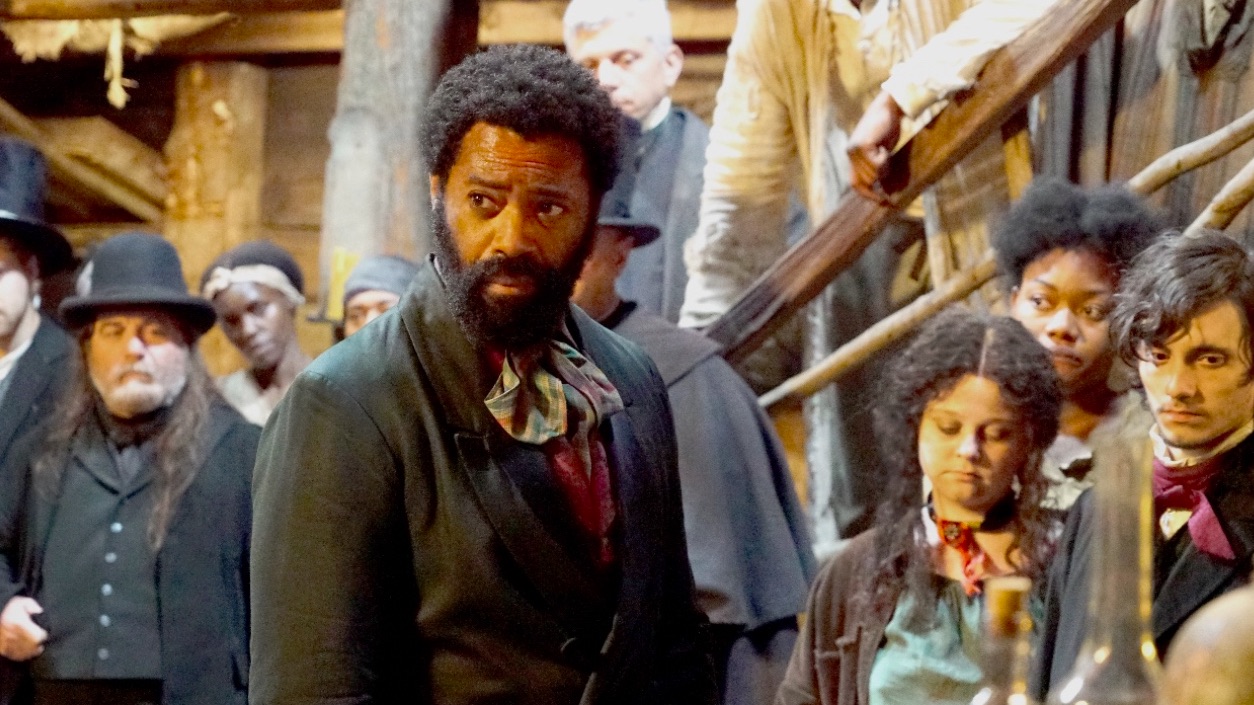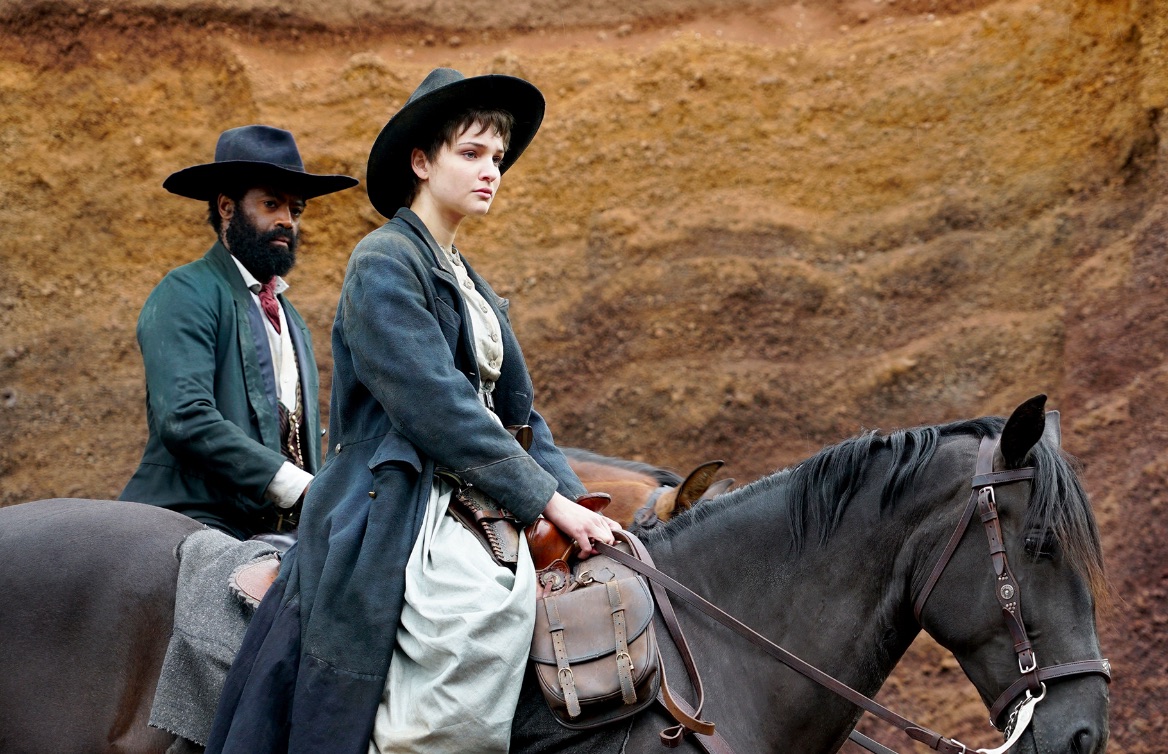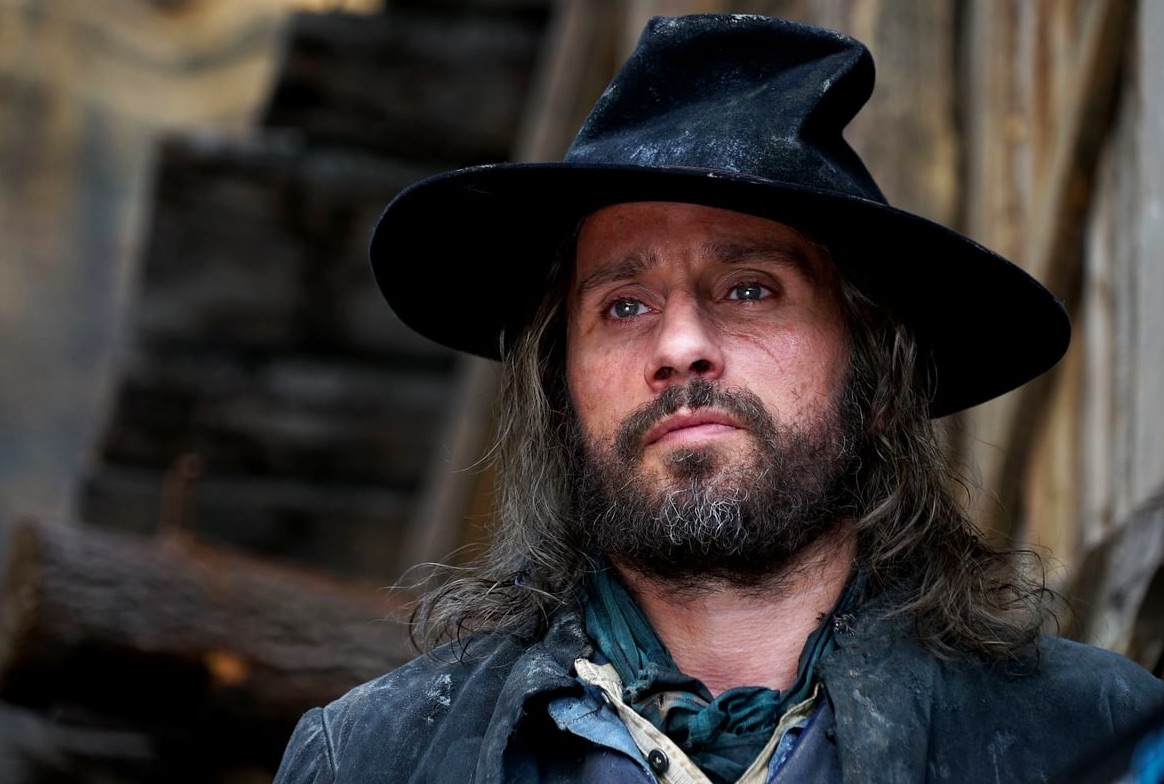Sky Atlantic and Canal+’s joint production, ‘Django’ is a period Western drama series that follows the titular character searching for his long-lost daughter. Starring Matthias Schoenaerts in the lead role, we follow Julian Wright, aka Django, as he arrives in the town of New Babylon, where everyone is welcome, irrespective of their race, class, and profession. It is the place where people come for a fresh start, to reinvent their lives, and to leave behind their checkered pasts. But Django’s arrival upends everything, especially for his daughter, who founded the town with John Ellis, whom she’s also about to marry.
Created by Leonardo Fasoli and Maddalena Ravagli, the ten-episode series takes the audience through the tumultuous journeys of the complicated characters who are connected to each other in ways that lead to a love-hate relationship between them. Nothing is black-and-white in this story, as every character walks a grey line, trying to survive while everything falls apart around them. Considering how realistically the show portrays the challenges of living in the Wild West, you might wonder if the show is based on a true story. Here’s what you need to know about it.
Django is Loosely Inspired by a 1966 Film of the Same Name

Written by Leonardo Fasoli, Maddalena Ravagli, and Max Hurwitz, the show is loosely inspired by Sergio Corbucci’s 1966 film of the same name, which has earned a cult status in the spaghetti western genre. The show borrows some elements from the film, including the name of the lead character, but the stories diverge significantly, with the show creating its own backstories and eventual fates for the characters.
The show takes place almost seven years after the end of the American Civil War and is set in a town called New Babylon. While it is not a real town, it is based on an actual place named Babylon, which was founded by former slaves in the western part of Navarro County in Texas. The small town saw a lot of movement in the dusk years of the 19th century but faded in the 20th century. By the end of the Second World War, almost all residents moved away, leaving it as a ghost town. It’s not confirmed how much the show based the setting on the real town, but we can assume the show might have been inspired by it in some ways. For the most part, however, the show remains a fictional tale.
Explaining how the show fares in the Western genre and moves away from its source material, actor Matthias Schoenaerts said: “[The show’s creators] wanted to take this iconic genre but bring it to the here and now and infuse it with fresh angles. We’re not going to reinvent anything, reinvention is too big of a word, I think. But you can just infuse it with actual themes and things that are very on the forefront now.”
According to director Francesca Comencini, they tried to find “a balance between paying homage to a time, paying homage to a genre with this legendary genre like the Western, but also trying to be free and trying to find something which has a singularity and a modernity that means for us today.” One of the most important things the show does is do away with the cliche of damsels in distress who need saving by a brave cowboy. The female characters in the show are in control of their destiny and are complex, layered characters that exist outside the narratives of the men around them.

Its approach to female characters was one of the things that attracted Comencini to the project. She called ‘Django’ “a universal story with a narrative that celebrates diversity and minorities” while delivering “a thought-provoking reappraisal of masculinity in the Western genre.” One of the films she referenced while making the show was Robert Altman’s ‘McCabe & Mrs. Miller.”
She also wanted the show to have the soul of the original ‘Django,’ but in a way that also exhibited the show’s individuality. She wanted “a certain solemnity and an inner rhythm” of the genre, along with “the large landscapes, the action scenes, the bank attack, or the shootouts.” The director was also conscious of the music that would set the tone of the story. She avoided repeating Ennio Morricone but “found a slightly electronic mood to revisit Western music, taking into account its themes and codes.”
To give the story as grounded a feel as possible, the crew created an entire town of New Babylon, giving it an architectural look of the late 1800s in America, even though the filming took place in Romania. Everything was carefully curated, from the sets and props to wigs and costumes. Considering all this, it’s clear that while ‘Django’ is a fictional story set in an imaginary place, the show’s creators have tried to make it appear as realistic as possible to give the audience a chance to connect with the characters on a deeper level.
Read More: Django: Where is the TV Show Filmed?


You must be logged in to post a comment.